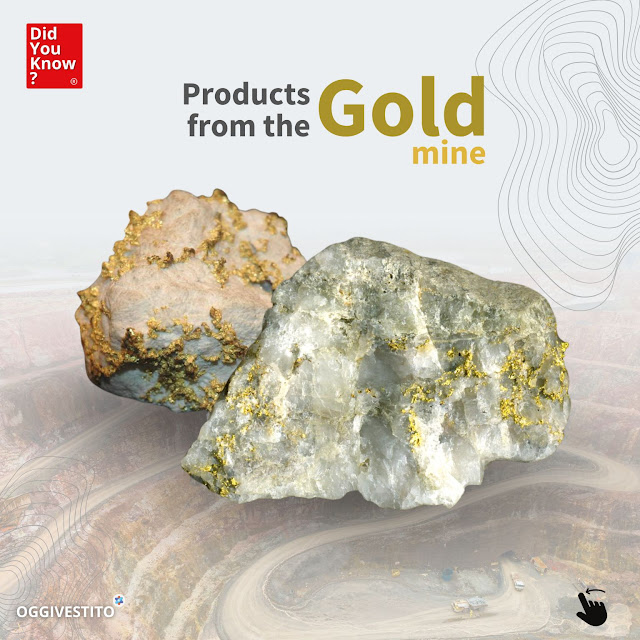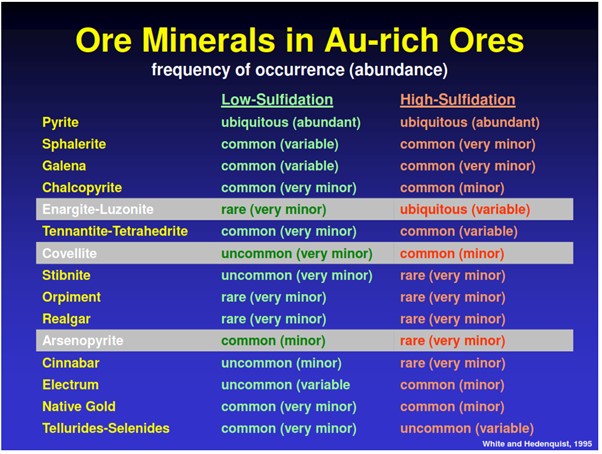EPITHERMAL GOLD DEPOSIT
Gold
Epithermal Gold Deposit
Characteristic, Processes, Products, and Interpretation
Noel C. White
SEG-MGEI Workshop, Mataram, Indonesia
November 2010
Epithermal gold deposits
A very important style of gold deposit
-can be very big:
1. lihir, PNG 170 Mt @3.5g/ton Au
2. porgera, PNG 85 Mt @5.8 g/ton Au, 33g/ton Ag
-can be very rich:
1. cripple creek, USA 630 ton Au in veins grading 15-30
g/ton
2. Hishikari, Japan 220 ton au, Honko veins 70 g/ton Au, 49
g/ton Au
Ephitermal gold deposits are very important economically.
Relative amount of gold
(> 5 Moz deposits, 1997)
50% Witwatersrand
12% Epithermal
10% Porphry (+ Intrusion Hosted)
12% Sediment Hosted (Incl. 4%”carlin”)
9% greenstone lode (orogenic)
7% Other ( Fe Fm, VHMS, etc)
Arribas, 2000
3 Categories Epitermal Deposit Gold
1.
Low Sulfidation’
2.
Intermediete Sulfidation’
3.
High Sulfidation
Ephithermal means :
Refers at deposit low temperature
Epizonal refers to deposit at
shallow depth.
How to regocnize epitermal deposit
with 2 points:
1.
Their characteristic mineral and textures
2.
Their characteristic hydrothermal alteration mineralogy
and zoning
We can inferred that they
-
Formed at low temperature
(100-320, typically
170-280°C)
-
Developed at shallow crustal levels
( typically <1 km below the water table)
Origins of Deposits
1.
Magmatic
2.
Magmatic-Meteoric
3.
Meteoric
CHARACTERISTIC TEXTURES
|
Neutral-pH, meteoric Low Sulfidation |
Acid-pH, magmatic High Sulfidation |
|
-banded veins -brecia vein -drusy cavites -crustification -latice texture |
-Vuggy quartz -Massive quartz -Massive sulfide veins -Crudely banded veins |
White and
Hedenquist, 1995








Komentar
Posting Komentar